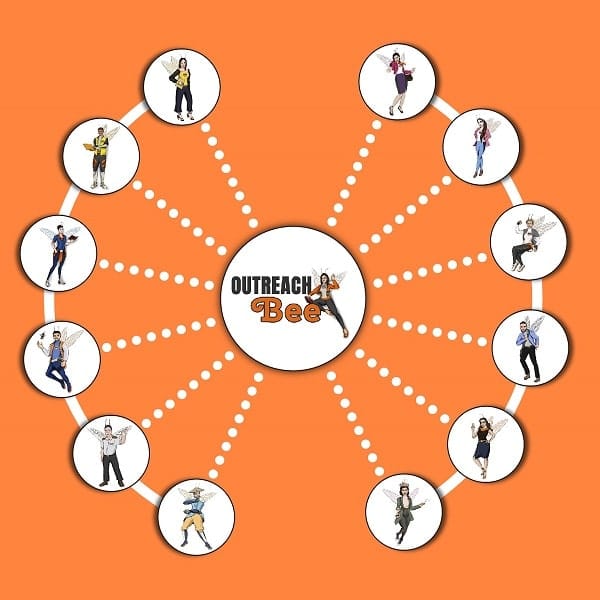Education system
Thomas Edison famously believed that education would change dramatically during his time. He believed that books and texts would become obsolete, giving way to more advanced ways to teach. But astonishingly, the celebrated inventor underestimated the system’s resistance to change. A hundred years after Edison, the education system did not see any major changes. This is surprising, especially in an age where finding spectrum near me is a simple matter of a Google search. All the information in the world is within your grasp if you have an internet-enabled device. So why is the education system still so outdated?
Technology and How Educators Can Use It
America’s current education system existed in a different time. America then was an industrial and agrarian America. School days were short so that children could help with farm work and do chores. A lot has changed in the decades since then. Industries have become less reliant on labor and more on technology. The same is true of agriculture. Advanced technology and new techniques make the agriculture of today vastly different from the past. Almost every field, from manufacturing to advertising to filmmaking has changed. Everything in the world undergoes changes as technology advances. This begs the question, why do we still use antiquated methods of teaching.
Technology is always moving in new and different directions. One of the reasons for the educational system’s resistance to change is an inability to keep up. A mixture of technophobia, reduced funding, and rapidly evolving needs are the culprits. These keep the education system from revamping itself. But there are still several ways for educators to use technology in a teaching environment. Here are some interesting routes for educators to follow:
- Empowering Teachers
- Planning Lessons
- Open-Source Teaching Aids
- Common Core State Standards
Read on for more information on how technology can improve learning through these five methods.
Empowering Teachers
One thing teachers hate about new educational tools is how they divert attention away from instruction. The idea is to offer teachers technology that empowers them. And at the same time allows them to better carry out their responsibilities. An ideal teacher-empowering educational tool should allow teachers to accomplish more. It should allow for more output with fewer resources. A platform that incorporates popular social media is a good example. Features like on Twitter, Facebook or Instagram make for better engagement with students. Databases make it easier for teachers to plan effective lessons. Schools could even invest in mobile apps for teachers to grade papers, tests, and exams.
Planning Lessons
Education policies have a habit of changing constantly. Each new district leader wants to make their own distinct mark on the educational system. This makes it difficult for actually beneficial policies to take hold. The results directly impact how students learn. Technology is a tool that teachers can use to insulate students. Especially from the damage that comes from changing educational policies. Instead, they can offer a stable learning environment using online resources. Khan Academy is a very good example of such a resource. These can help with learning, regardless of specific policies. Policy makers may change their priorities, but the learning content remains the same. This offers more stability to both students and teachers. It also makes planning and teaching lessons much easier at the classroom level.
Open-Source Teaching Aids
One big deterrent to the adoption of educational technology is the perception that it is expensive. Yes, some tools can be pricey, but you don’t always have to go for them. Not when you have access to similar, if not better, open-source tools. These are normally simple, easy-to-use, and stable tools designed to get the job done. Organizations of all sizes use open-source technology on a daily basis. Not only does it help to save costs, but it is also safe and efficient. Teachers should embrace open-source teaching aids to help them teach better.
Common Core State Standards
Common core standards make it easier for teachers to impart knowledge. They also ensure that the education system in a state remains uniform. These standards require lessons written by teachers to comply with them. There are different standards at the district, state, and national level. Sometimes these different standards conflict with each other or are redundant. This makes needing a single set of standards very obvious. A single set of standards also allows innovators to improve on them. This means it opens the door to more technological development in education.
It is a sad fact, but educational budgets tend to see cutbacks with each year. This is one of the biggest contributors to why the system adopts new technologies so slowly. Perhaps, getting input from teachers at the classroom level is the best way to proceed. After all, they are on the ground and can understand the needs of the modern classroom. Most students come from households with access to amenities like Spectrum Internet Packages, computers, and cable. This puts students in a good position to convey their needs to their teachers. Teachers, in turn, need to work together to bring about much-needed reforms. Especially in an outdated educational system.
I hope you have learned something from this post. If you have any comment, please feel free to share it. Thank you!
Author Bio: Hi, I’m a freelance writer with a penchant for all things related to health and wellness. I have been writing for quite a few years on health websites using my trusty HughesNet Plans. My aim is to create informative content that can help people deal with health problems and lead a better life.



How Internal Linking Supercharges SEO: A Practical Guide for WordPress Websites
How to Turn Your Blog Into a Money-Making Machine (Even If You’re Just Starting)